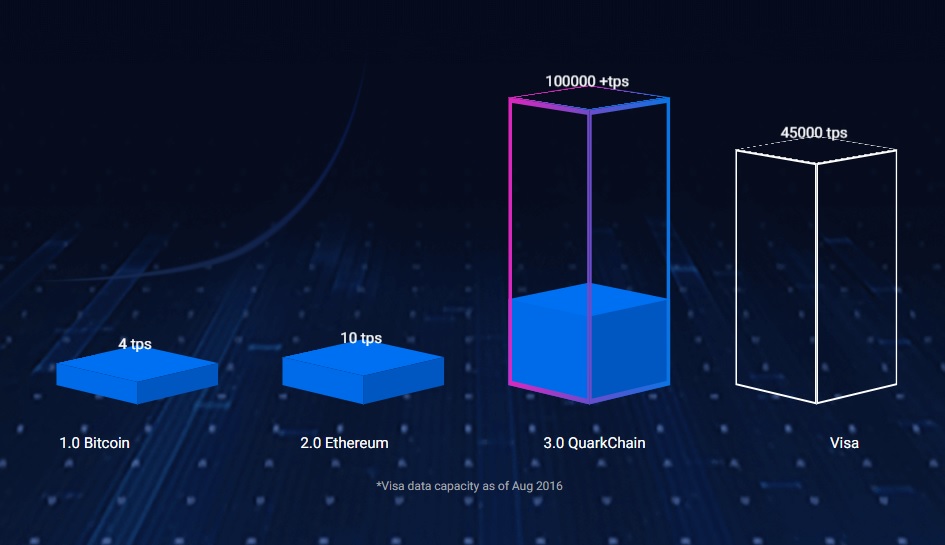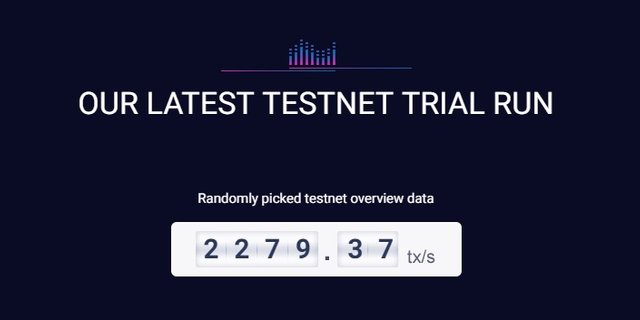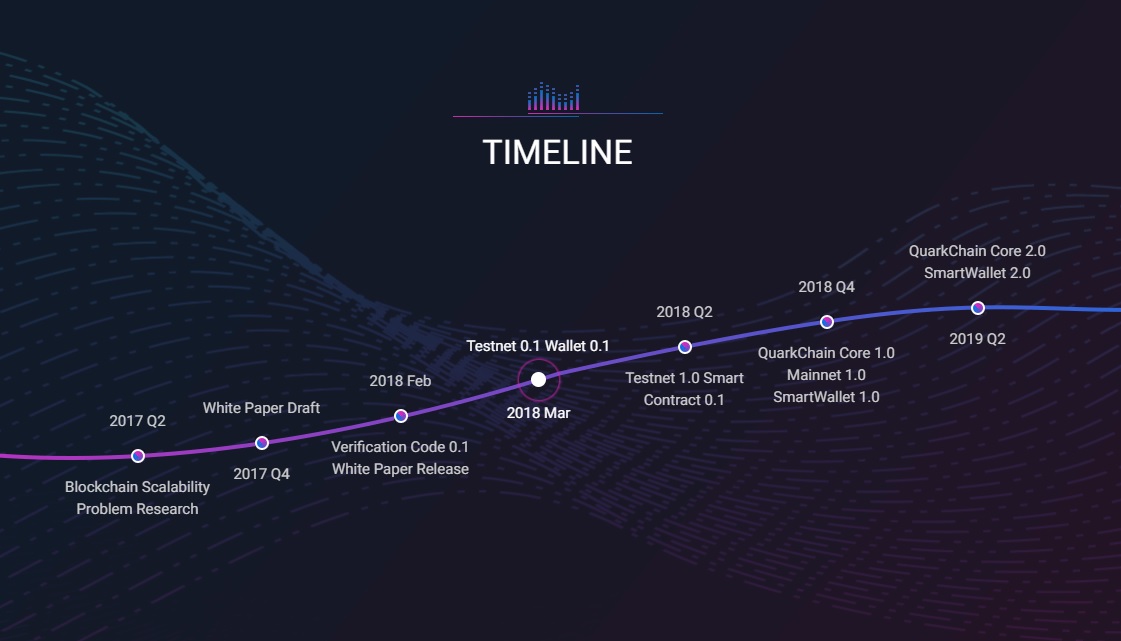For a long time, there has been continued talk about the need to drastically increase the capacity of existing blockchains. In December 2017, a simple cryptokitties game in which every action with characters was recorded in the Ethereum blockchain, overloaded the network, also the bitcoin network was previously “jammed” with a few transactions, resulting in a dramatic increase in the transfer cost of BTC, while the transaction speed has fallen critically. To date, the claimed bandwidth, the number of transactions per second (tps) of the largest blockchains in comparison with VISA looks like this:
Visa: 24,000–45000
Ripple: 1,500
PayPal: 193
Bitcoin Cash: 60
Litecoin: 56
Dash: 48
Ethereum: 10–20
Bitcoin: 4–7

Efforts of the smartest heads of modernity and the best programmers are aimed at solving this problem, they use different approaches. At the same time, the blockchain developers are working not only in the interests of existing blockchains. Many projects announce tokens and promising that their blockchains will outperform the existing ones.
QuarkChain — high-performance Blockchain 3.0
Developers of QuarkChain, in contrast to projects that only declare future developments, demonstrated MVP (a minimally viable product) with more than 2000 tps.
Experts who tested the capabilities of the prototype, positively evaluated the efforts of QuarkChain programmers.
The project offers a two-layer architecture for its future network, which will be scalable and high-performance. The nearest target of 10,000 TPS, and in theory up to 1,000,000 TPS!

The two-level structure of the QuarkChain network consists of the sharding layer and the root layer. The sharding layer contains small blockchains that process a lot of transactions independently of each other. The second layer is the root chain, the main function of which is to confirm all blocks processed at the sharding level without having to process the transactions yourself.
To work with a cross-shading system, QuarkChain develops a smart wallet. All addresses belonging to the user in any shard are accessible through one private key.
A user can have many addresses associated with different shards. In this case, QuarkChain uses both the primary and secondary accounts in the wallet. The primary account contains the default address of the user’s wallet, while the secondary account controls the other addresses in the other shards.
To simplify the management of funds, any transaction performed on the secondary account will return the remaining balance back to the main account. The user balance will then remain in the main account, eliminating the confusion caused by the multitude of balances on several shards.
QuarkChain tokens are initially ERC-20 compatible. After running mainnet in Q4 2018, they will be converted to a native QKC token. QKC will be mineable and will be used as a rewards for miners.

QuarkChain will support smart contracts on the Ethereum virtual machine (EVM) to ensure future compatibility with existing dApps, thus to improve scalability. Also, the project creates built-in developer tools for use on Android devices to develop mobile applications.
Interestingly, even though the power hash is evenly distributed among the shards, the feature of QuarkChain will be the ability of the system to transfer 100% of the power to any of the chains, so the distribution model can be improved at any time. Each of the shards has different complexity of mining and different awards for the work, the miner has the opportunity to choose any shard. Thus, the project affects the economic model of QKC distribution.
QuarkChain ICO
Token: QKC
ICO start date: TBA(late May)
Token price: 1 ETH = 31533 QKC
Total Cap: $4,000,000
Personal Cap: TBA
@jovialgent, get fucked spammer!!
Downvoting a post can decrease pending rewards and make it less visible. Common reasons:
Submit